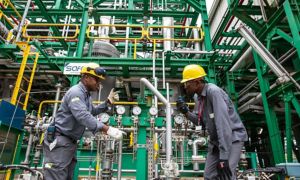Type of activity
Liquid natural gas (LNG)
Oil & Gas

Or , our new artificial intelligence tool.

The largest natural gas discovery in the Mediterranean, made and brought on stream in record time by combining technology, expertise and the ability to forge solid agreements with the producer country and partner companies.
Zohr can meet local gas needs for decades and at the same time make it possible to build a facility of regional importance for liquefied natural gas (LNG), an increasingly crucial sector for ensuring security of supply. With this project, Egypt confirms its strategic role not only for Eni - it has been strategic for our company since it was founded - but also for the global energy industry.
Country: Egypt
Activity start date: 2017 - present
Zohr is a natural gas project offshore Egypt, almost two hundred kilometres north of Port Said in the Shorouk area. The field is a super giant and, as far as natural gas is concerned, it is the largest ever discovered in the Mediterranean. We identified it thanks to our offshore exploration capabilities and studied it in detail using digital geosciences. Using sophisticated algorithms running on our supercomputers Eni geologists were able to reproduce its internal structure in 3D. Its potential turned out to be enormous, enough to meet Egypt's energy consumption for decades and enable the country to establish itself as a major exporter of liquefied natural gas (LNG) in the Mediterranean.
We brought Zohr on stream in less than two years after its discovery, a record time for a deepwater field of this size. This speed is also the result of our Dual Exploration Model, our operating model, which consists of selling minority stakes in newly discovered resources to other players in advance, so as to immediately cash in and thus gain the ability to quickly invest in project development, while still maintaining control and leadership of operations. What makes this approach possible is the technical skills of our people, an example of excellence and credibility for all our international partners.
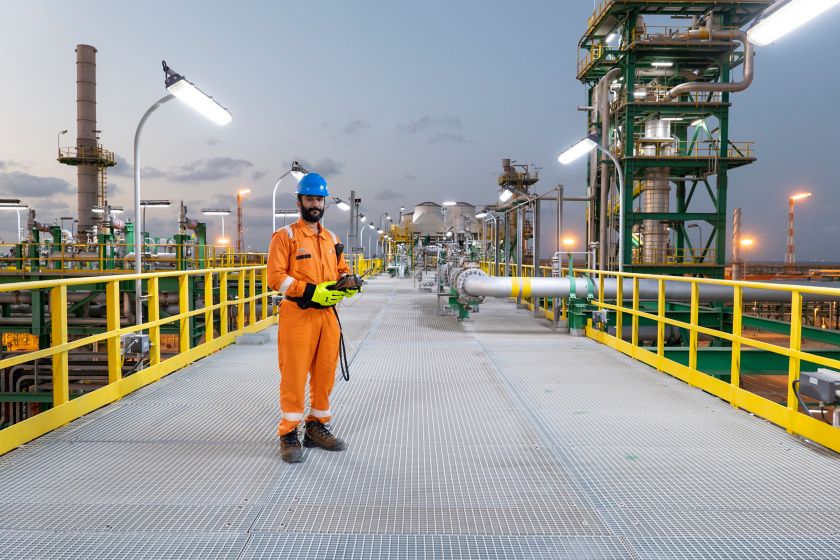
The Zohr plant
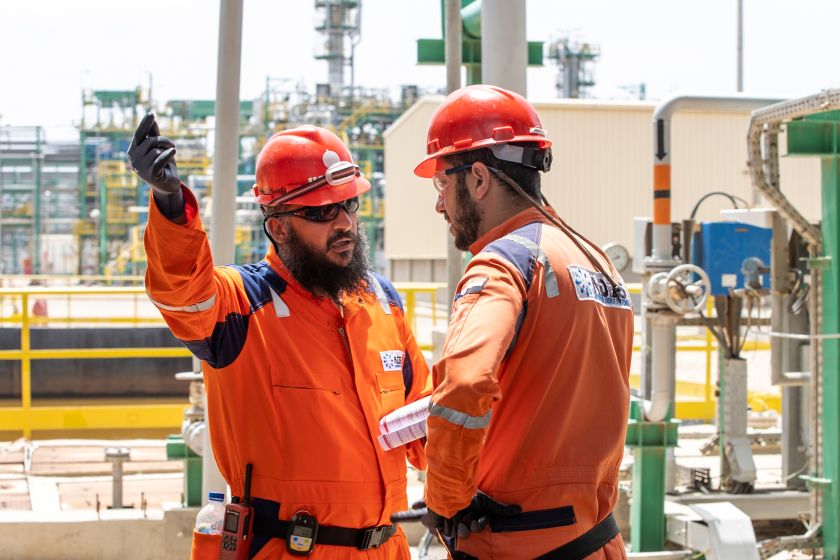
Plant inspection
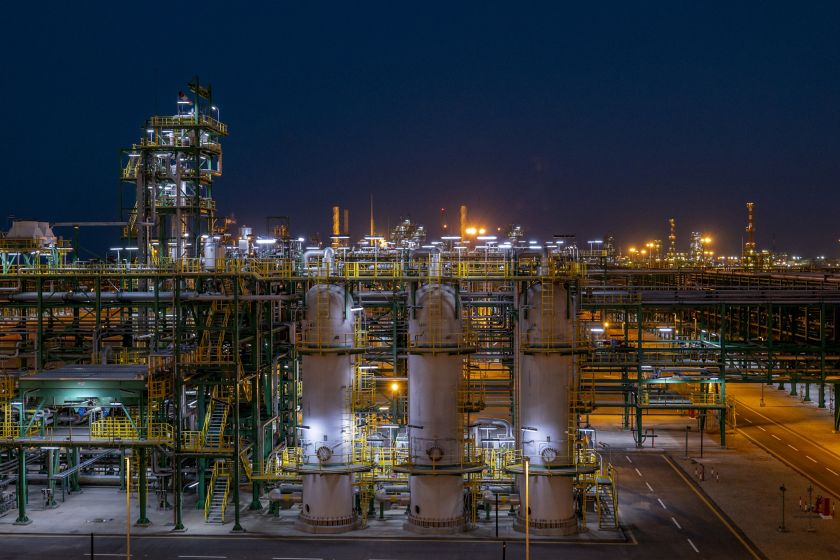
Onshore natural gas processing plant
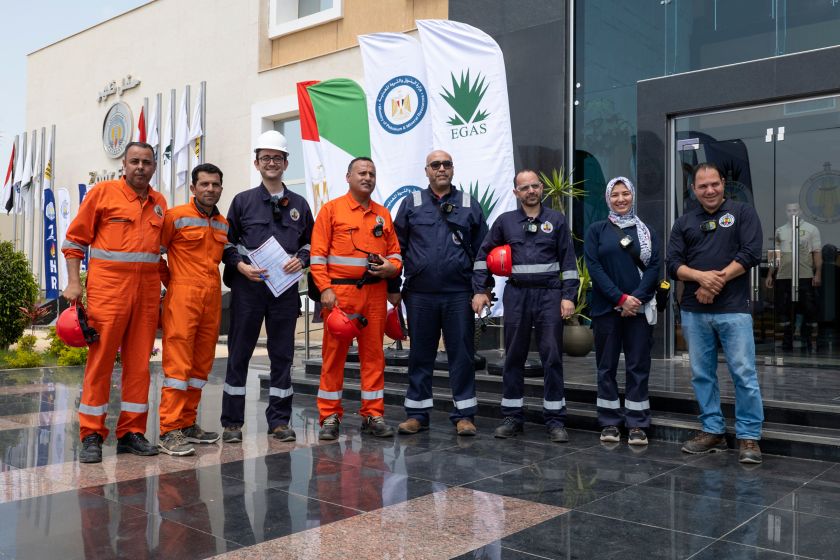
Working team
reserves in the Eni field (millions of barrels of oil equivalent)
Find out more about the initiatives we are working on to help achieve a just transition in an inclusive and transparent way.

The increase in gas production at the Zohr field has begun with the start-up of the El Gamil compressor station.
Gas production reaches 2.7 billion cubic feet per day
The project is ramped up and gas production reaches 2 billion cubic feet of gas per day
Natural gas production begins less than two and a half years after its discovery
Eni discovers the super giant Zohr field in the Egyptian offshore
A big discovery made with luck, surprises, mistakes and intuition. We don't often think about what happens before discoveries are made, but Zohr is an epic tale.

If you want to change topic, clear the chat and make a new query to receive more relevant results.
This will delete the question history.
If you want to change topic, clear the chat and make a new query to receive more relevant results. This will delete the question history.
Here you can find the full list of your queries.
The answers are generated by artificial intelligence, therefore they may contain inaccuracies. Please read the terms and conditions of use.

EnergIA is an innovative tool based on artificial intelligence capabilities, which can help you navigate the contents of eni.com, quickly finding answers to your questions. EnergIA can also perform a search on a specific topic, providing the most up-to-date data available, or it can invite you to delve deeper into a topic of your interest by suggesting links and specific readings. Start now!
EnergIA is an innovative tool based on artificial intelligence capabilities, which can help you navigate the contents of eni.com, quickly finding answers to your questions. Start now!
EnergIA (ener'dʒia) is a system based on Generative Artificial Intelligence.
Thanks to this technology, we can respond to your requests by querying the most relevant content and documents available on eni.com. (Note: financial documents from the last 12 months and press releases from the last 2 years are considered.)
Through EnergIA, you can delve into topics of interest and have a real-time window into the world of Eni.
If you wish to search for a specific document, press release or news, use the traditional search engine via the magnifying glass icon.
Like all systems that leverage Generative Artificial Intelligence, EnergIA may generate inaccurate or outdated responses. Always consult the sources that EnergIA proposes as the origin of the generated information.
If the system fails to find an exact match for the requested content, it still tends to provide a response.
If you find any inaccuracies in the provided response, please send us your feedback at the bottom of the page: it will be very helpful for us to improve.
Remember that the content generated by the system does not represent Eni’s official position. We therefore invite stakeholders to refer to their designated contacts for official statements: Press Office for journalists, Investor Relations for analysts and investors, Company Secretariat for shareholders etc..
EnergIA can understand questions posed in almost all languages, but we prefer to provide you with a response in English or Italian, the two languages available on eni.com. If you ask a question in Italian, the content on the site in Italian will be consulted. If you ask it in English or any other language, the content in English will be consulted. (Note: the language Eni uses for financial documents/content is predominantly English.)
If questions are formulated that violate the set security criteria, the system will not proceed with processing the response. Please remember not to send personal data.
By using this service, the users acknowledge that they have read and accepted the terms and conditions of use.
Search
EnergIA (ener'dʒia) is a system based on Generative Artificial Intelligence.
Thanks to this technology, we can respond to your requests by querying the most relevant content and documents available on eni.com. (Note: financial documents from the last 12 months and press releases from the last 2 years are considered.)
Through EnergIA, you can delve into topics of interest and have a real-time window into the world of Eni.
If you wish to search for a specific document, press release or news, use the traditional search engine via the magnifying glass icon.
Like all systems that leverage Generative Artificial Intelligence, EnergIA may generate inaccurate or outdated responses. Always consult the sources that EnergIA proposes as the origin of the generated information.
If the system fails to find an exact match for the requested content, it still tends to provide a response.
If you find any inaccuracies in the provided response, please send us your feedback at the bottom of the page: it will be very helpful for us to improve.
Remember that the content generated by the system does not represent Eni’s official position. We therefore invite stakeholders to refer to their designated contacts for official statements: Press Office for journalists, Investor Relations for analysts and investors, Company Secretariat for shareholders etc..
EnergIA can understand questions posed in almost all languages, but we prefer to provide you with a response in English or Italian, the two languages available on eni.com. If you ask a question in Italian, the content on the site in Italian will be consulted. If you ask it in English or any other language, the content in English will be consulted. (Note: the language Eni uses for financial documents/content is predominantly English.)
If questions are formulated that violate the set security criteria, the system will not proceed with processing the response. Please remember not to send personal data.
By using this service, the users acknowledge that they have read and accepted the terms and conditions of use.
A new window into Eni’s world, at your disposal. EnergIA is an innovative tool based on artificial intelligence capabilities, which can help you navigate the contents of eni.com, quickly finding answers to your questions.
